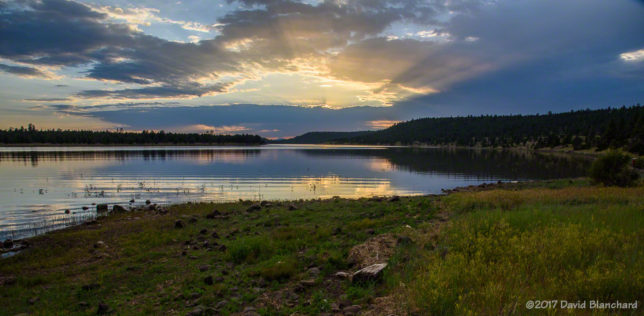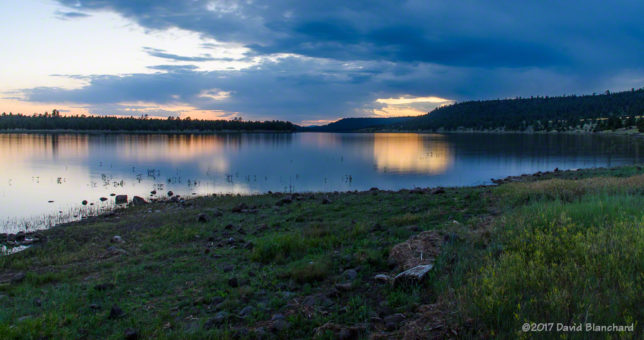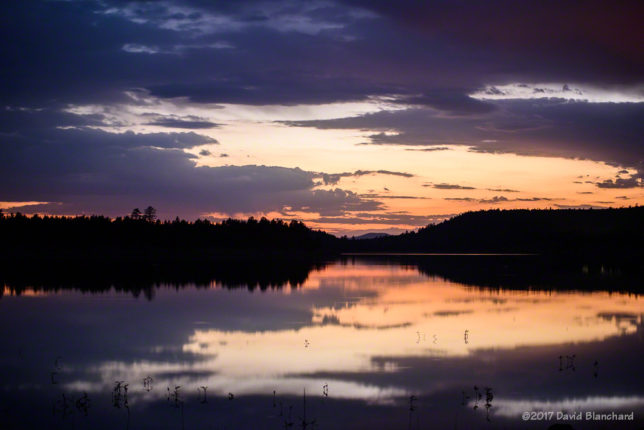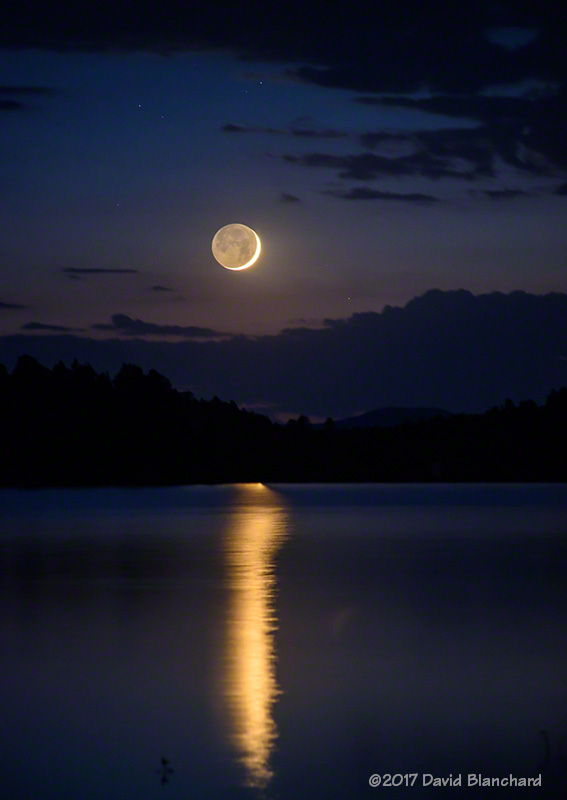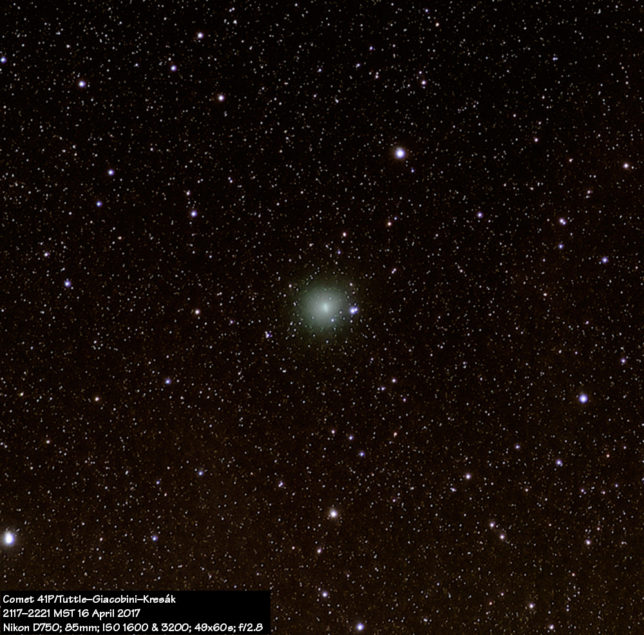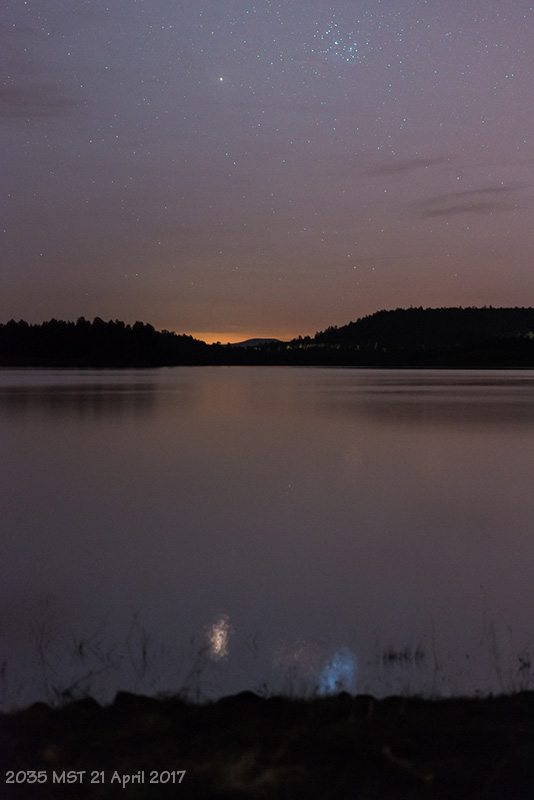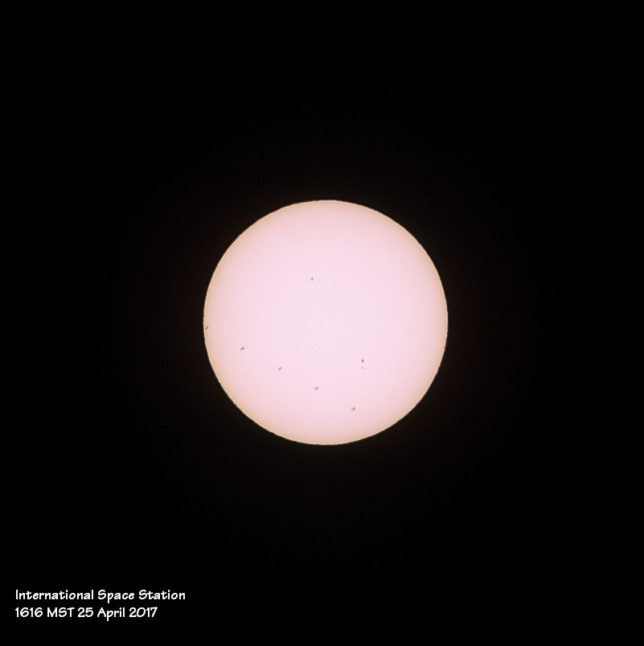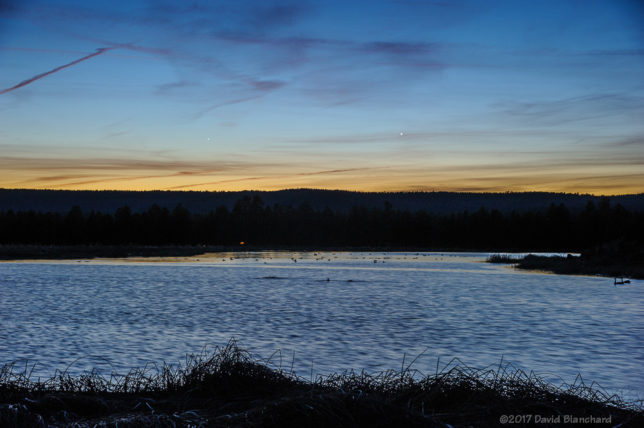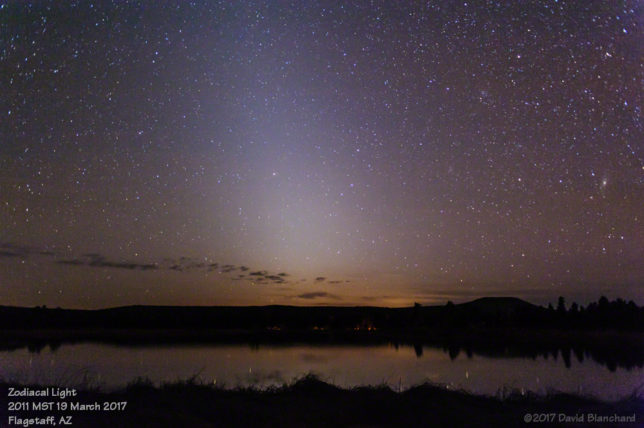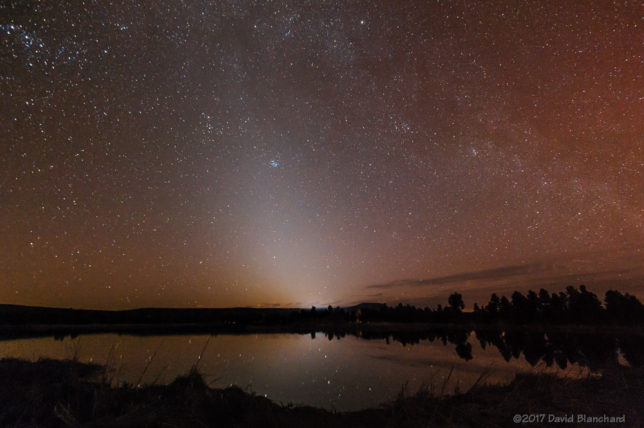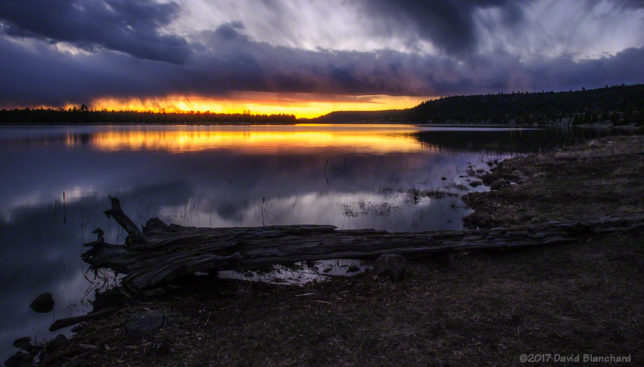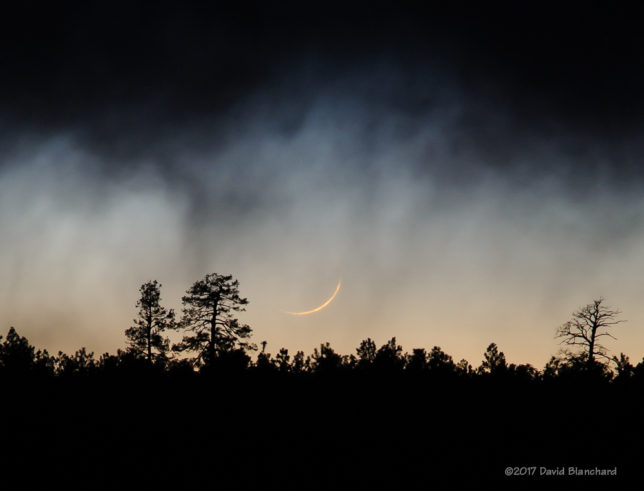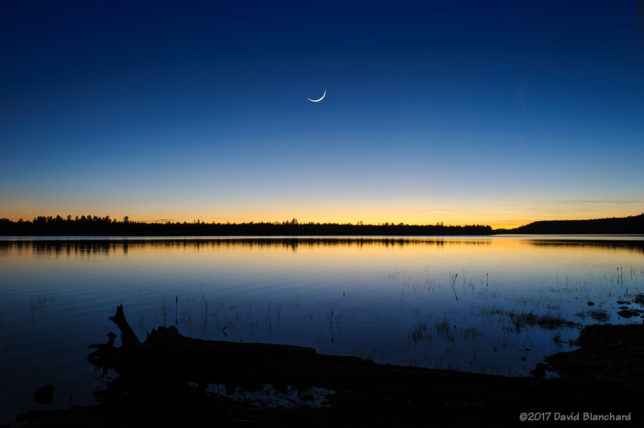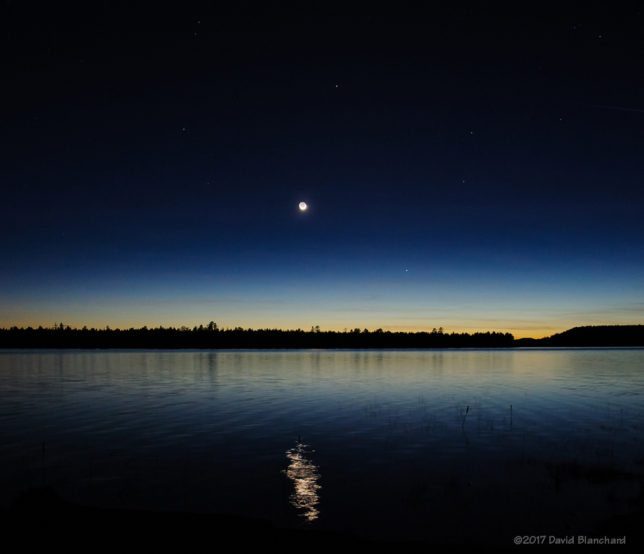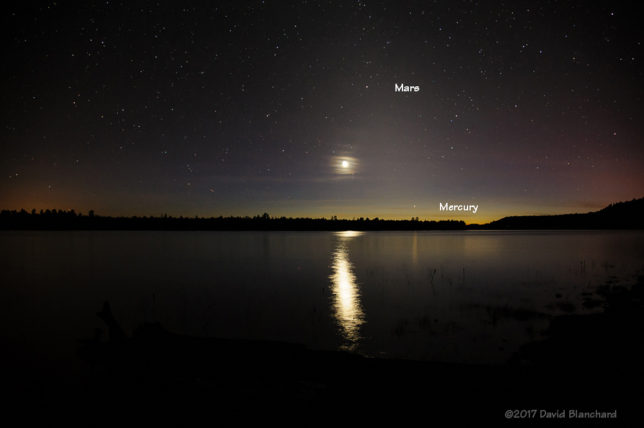The North American Monsoon continues across the Southwest bringing thunderstorms almost every day to northern Arizona. Rainfall amounts across much of the state have been well above average with Flagstaff receiving 4.5″ compared to a normal of 2.6″ in the month of July,
Of course, all this storminess brings opportunities for photographing interesting skies, lightning, and sunsets.
I was heading towards the South Rim of Grand Canyon when I decided that Wupatki National Monument might be more interesting. Although there wasn’t much in the way of lightning there was a nice sunset with a thunderstorm in the distance.
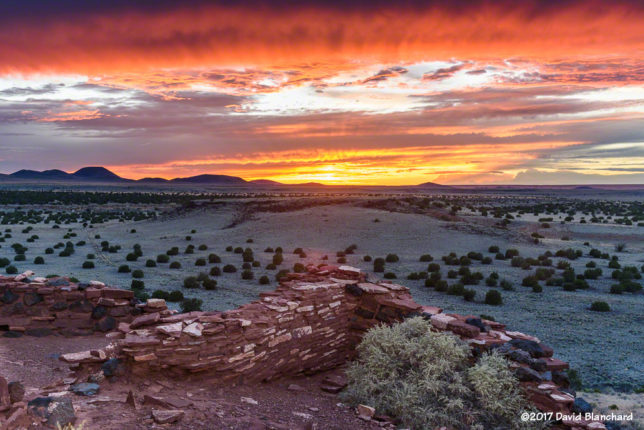
Another day brought a great sunset with beams of light illuminating the inner canyon.

I found myself in Sedona a few nights later hoping for lightning at sunset. The lightning was there but clouds to the west blocked the light of the setting sun. This spectacular bolt of anvil lightning traveled horizontally for a great distance before terminating above Cathedral Rock.

Early afternoon cumulus development near Marshall Lake on Anderson Mesa resulted in this small cumulus cloud producing a very photogenic shadow.
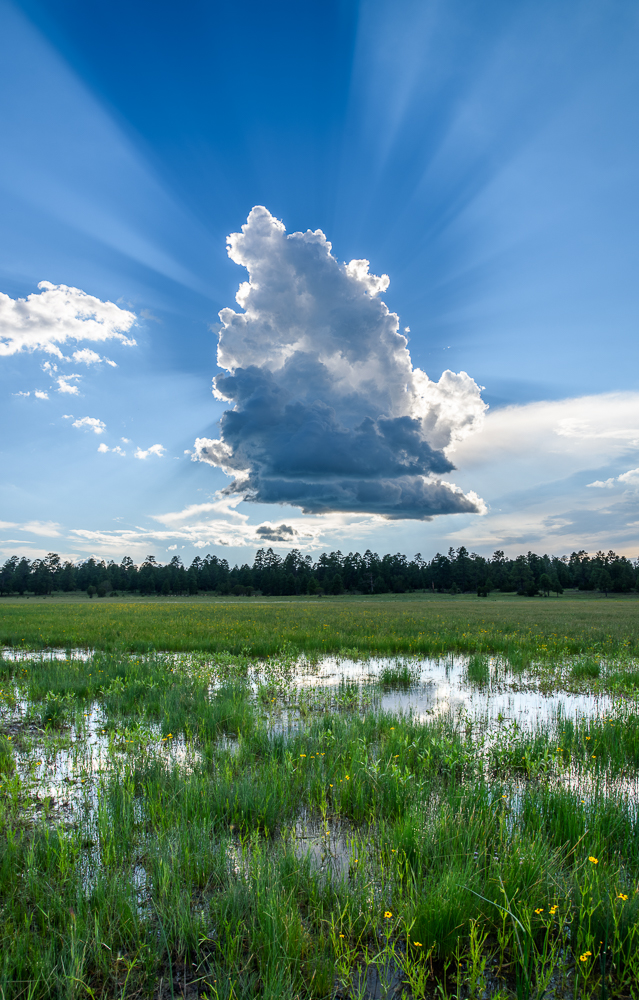
And, later that afternoon, we found ourselves at Lower Lake Mary watching another cumulus cloud develop to our east and reflected in the water.
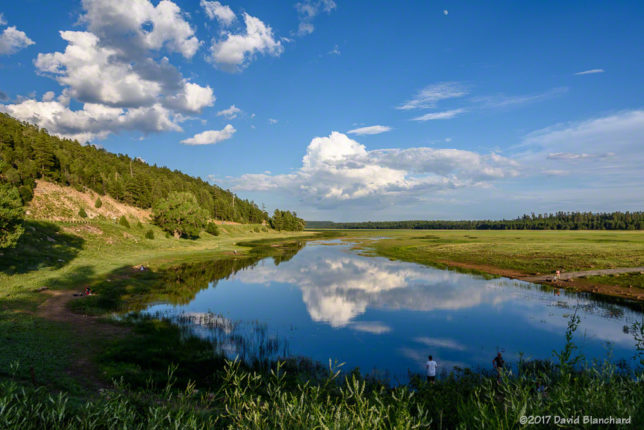
I’ve been trying to capture evening thunderstorms and lightning (image) over Grand Canyon with a crescent moon illuminating the interior the canyon. Not very easy to do. I was able to get the moonlit canyon. And there was lightning but it was over 100 km away and resulted in teeny, tiny bolts in the phots. Well, I’ll just keep trying.

